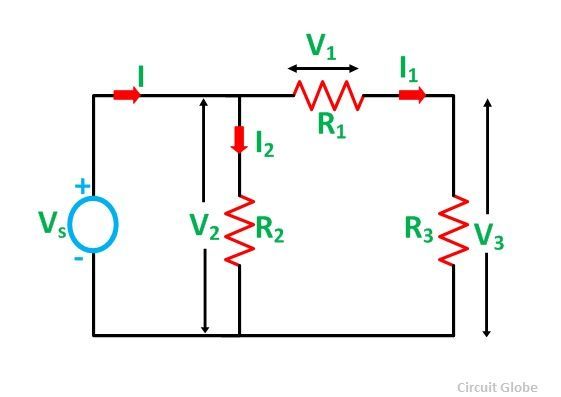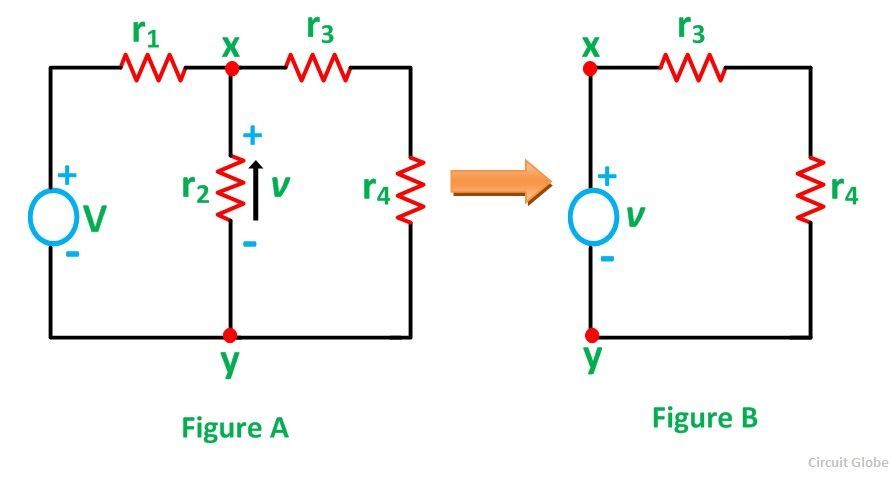Substitution Theorem states that the voltage across any branch or the current through that branch of a network being known, the branch can be replaced by the combination of various elements that will make the same voltage and current through that branch. In other words, the Substitution Theorem says that for branch equivalence, the terminal voltage and current must be the same.
Contents:
The concept of the theorem is based on the substitution of one element from another element. This theorem gives intuition on the behaviour of the circuit. It also helps in proving several other theorems.
But the substitution theorem cannot use for solving the theorem which has more than two sources which are neither connected in series nor parallel.
Explanation of Substitution Theorem
Simply one can say that the Substitution Theorem is the replacement of one element with another equivalent element. In a network, if any element is substituted or replaced by a voltage or current source whose voltage and current across or through that element will remain unchanged as the previous network.
Let us understand the theorem with the help of the circuit diagram shown below:
 Here various resistances R1, R2, R3 is connected across with the voltage source (V). The current I, is flowing through the circuit, which is divided into current I1 flowing through the resistance R1 and the current I2 flowing through the resistance R2. V1, V2 and V3 are the voltage drop across the resistance R1, R2 and R3 respectively.
Here various resistances R1, R2, R3 is connected across with the voltage source (V). The current I, is flowing through the circuit, which is divided into current I1 flowing through the resistance R1 and the current I2 flowing through the resistance R2. V1, V2 and V3 are the voltage drop across the resistance R1, R2 and R3 respectively.
Now if the resistance R3 is substituted by the voltage source V3 as shown in the circuit diagram below:
 In the circuit diagram shown below the resistance, R3 is replaced by the current flowing through that element, i.e. I1
In the circuit diagram shown below the resistance, R3 is replaced by the current flowing through that element, i.e. I1
In both the cases shown above if the element is substituted by the voltage source or the current source, then also, the initial conditions of the circuit does not alter.
This means that the voltage across the resistance and current flowing through the resistance unaltered even if they are substituted by other sources.
Steps for Solving Network Using Substitution Theorem
Step 1 – First obtain the concerned branch voltage and the current flowing through the branch given by Vxy and Ixy as shown below in figure A
 Step 2 – The branch may be substituted by an independent voltage source as shown above in figure B
Step 2 – The branch may be substituted by an independent voltage source as shown above in figure B
Step 3 – Similarly the branch may be replaced by an independent current source as shown below in the circuit diagram C
 Step 4 – Hence it is seen that the voltage drop and the current flowing through the circuit A shown above will be same if it is substituted by any independent voltage or current source shown in the figure B and C.
Step 4 – Hence it is seen that the voltage drop and the current flowing through the circuit A shown above will be same if it is substituted by any independent voltage or current source shown in the figure B and C.
This is all about Substitution Theorem.

